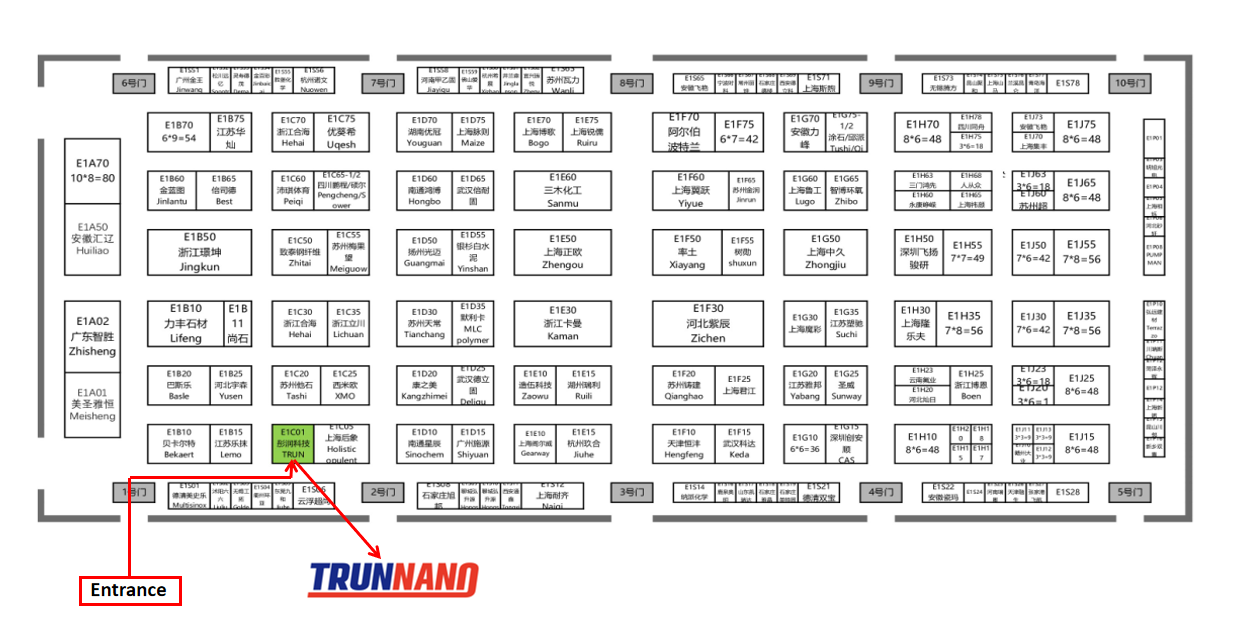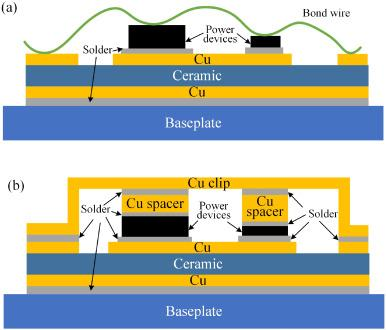Graphene was first discovered experimentally in 2004, bringing wish to the growth of high-performance electronic gadgets. Graphene is a two-dimensional crystal composed of a single layer of carbon atoms prepared in a honeycomb shape. It has an unique electronic band framework and superb digital buildings. The electrons in graphene are massless Dirac fermions, which can shuttle bus at incredibly rapid speeds. The carrier movement of graphene can be greater than 100 times that of silicon. “Carbon-based nanoelectronics” based upon graphene is anticipated to usher in a brand-new age of human info culture.
(Graphene nanoribbons grown in hBN stacks for high-performance electronics on “Nature”)
Nevertheless, two-dimensional graphene has no band space and can not be straight made use of to make transistor tools.
Theoretical physicists have recommended that band gaps can be presented with quantum arrest results by reducing two-dimensional graphene right into quasi-one-dimensional nanostrips. The band gap of graphene nanoribbons is inversely proportional to its size. Graphene nanoribbons with a size of less than 5 nanometers have a band space comparable to silicon and appropriate for producing transistors. This type of graphene nanoribbon with both band space and ultra-high wheelchair is just one of the optimal prospects for carbon-based nanoelectronics.
Therefore, scientific scientists have actually spent a lot of energy in researching the prep work of graphene nanoribbons. Although a variety of techniques for preparing graphene nanoribbons have been established, the trouble of preparing premium graphene nanoribbons that can be made use of in semiconductor gadgets has yet to be addressed. The service provider movement of the ready graphene nanoribbons is much less than the theoretical worths. On the one hand, this distinction originates from the low quality of the graphene nanoribbons themselves; on the various other hand, it originates from the problem of the setting around the nanoribbons. Due to the low-dimensional residential or commercial properties of the graphene nanoribbons, all its electrons are subjected to the outside environment. For this reason, the electron’s movement is incredibly easily affected by the surrounding atmosphere.
(Concept diagram of carbon-based chip based on encapsulated graphene nanoribbons)
In order to enhance the performance of graphene tools, lots of techniques have actually been attempted to reduce the condition effects caused by the setting. One of the most successful technique to day is the hexagonal boron nitride (hBN, hereafter referred to as boron nitride) encapsulation technique. Boron nitride is a wide-bandgap two-dimensional layered insulator with a honeycomb-like hexagonal lattice-like graphene. Much more significantly, boron nitride has an atomically level surface and exceptional chemical security. If graphene is sandwiched (encapsulated) in between 2 layers of boron nitride crystals to develop a sandwich structure, the graphene “sandwich” will be separated from “water, oxygen, and microorganisms” in the complicated exterior setting, making the “sandwich” Constantly in the “finest and best” problem. Several studies have actually shown that after graphene is encapsulated with boron nitride, numerous buildings, consisting of provider wheelchair, will be considerably enhanced. Nonetheless, the existing mechanical packaging techniques could be much more effective. They can presently just be utilized in the field of clinical research, making it hard to satisfy the needs of massive manufacturing in the future sophisticated microelectronics market.
In response to the above obstacles, the group of Teacher Shi Zhiwen of Shanghai Jiao Tong University took a new strategy. It created a new preparation technique to accomplish the ingrained growth of graphene nanoribbons between boron nitride layers, forming a distinct “in-situ encapsulation” semiconductor residential property. Graphene nanoribbons.
The growth of interlayer graphene nanoribbons is achieved by nanoparticle-catalyzed chemical vapor deposition (CVD). “In 2022, we reported ultra-long graphene nanoribbons with nanoribbon sizes up to 10 microns grown externally of boron nitride, but the length of interlayer nanoribbons has actually far surpassed this document. Now limiting graphene nanoribbons The upper limit of the length is no longer the development system however the size of the boron nitride crystal.” Dr. Lu Bosai, the first writer of the paper, said that the size of graphene nanoribbons expanded in between layers can reach the sub-millimeter degree, far surpassing what has actually been formerly reported. Result.
(Graphene)
“This type of interlayer embedded development is outstanding.” Shi Zhiwen said that product growth normally includes growing one more externally of one base material, while the nanoribbons prepared by his study team expand directly externally of hexagonal nitride between boron atoms.
The previously mentioned joint study group worked very closely to reveal the growth mechanism and discovered that the formation of ultra-long zigzag nanoribbons between layers is the result of the super-lubricating residential or commercial properties (near-zero rubbing loss) between boron nitride layers.
Speculative monitorings show that the development of graphene nanoribbons only happens at the bits of the driver, and the setting of the stimulant stays the same throughout the procedure. This shows that completion of the nanoribbon applies a pressing force on the graphene nanoribbon, creating the entire nanoribbon to get over the friction between it and the surrounding boron nitride and continually slide, creating the head end to move away from the stimulant bits gradually. For that reason, the researchers hypothesize that the rubbing the graphene nanoribbons experience should be extremely tiny as they slide in between layers of boron nitride atoms.
Since the grown up graphene nanoribbons are “encapsulated sitting” by insulating boron nitride and are shielded from adsorption, oxidation, environmental air pollution, and photoresist contact throughout gadget handling, ultra-high efficiency nanoribbon electronic devices can theoretically be gotten gadget. The scientists prepared field-effect transistor (FET) devices based on interlayer-grown nanoribbons. The measurement results showed that graphene nanoribbon FETs all exhibited the electrical transport qualities of normal semiconductor gadgets. What is more noteworthy is that the tool has a service provider flexibility of 4,600 cm2V– 1sts– 1, which exceeds previously reported results.
These outstanding buildings show that interlayer graphene nanoribbons are anticipated to play a crucial duty in future high-performance carbon-based nanoelectronic gadgets. The study takes a key step towards the atomic construction of advanced packaging architectures in microelectronics and is anticipated to affect the field of carbon-based nanoelectronics considerably.
Provider
Graphite-crop corporate HQ, founded on October 17, 2008, is a high-tech enterprise committed to the research and development, production, processing, sales and technical services of lithium ion battery anode materials. After more than 10 years of development, the company has gradually developed into a diversified product structure with natural graphite, artificial graphite, composite graphite, intermediate phase and other negative materials (silicon carbon materials, etc.). The products are widely used in high-end lithium ion digital, power and energy storage batteries.If you are looking for graphene technologies, click on the needed products and send us an inquiry: sales@graphite-corp.com
Inquiry us






